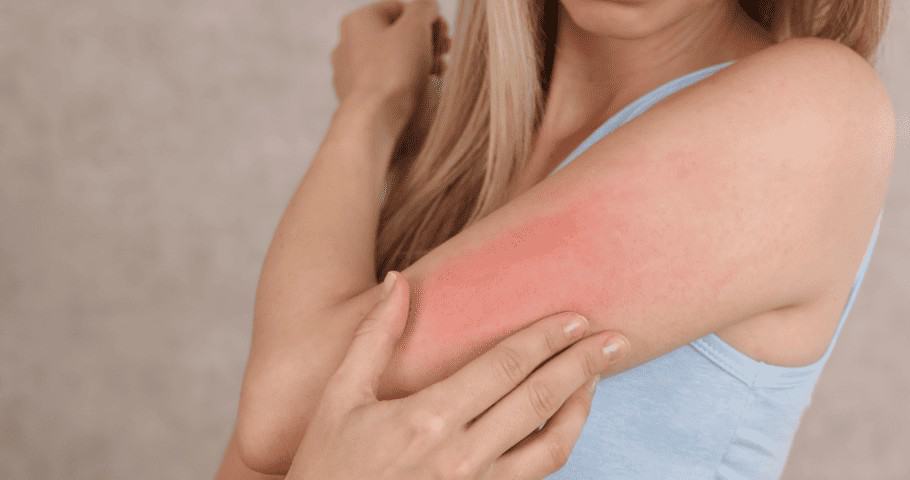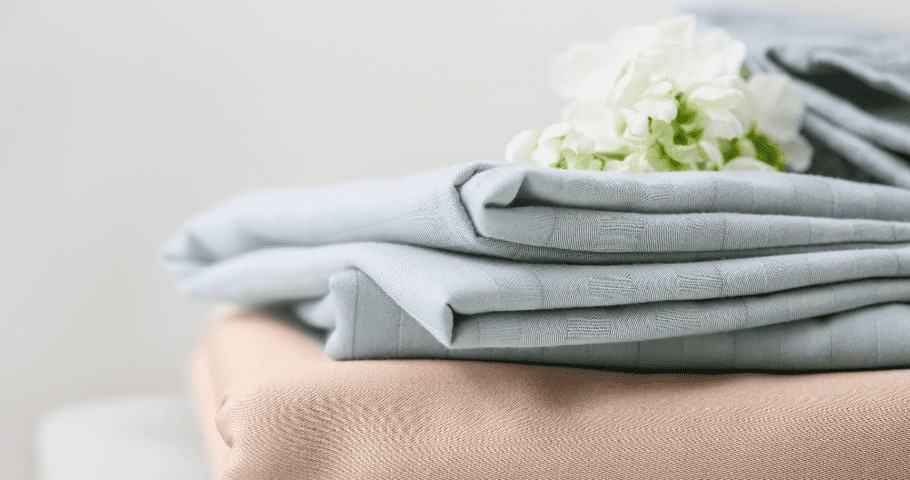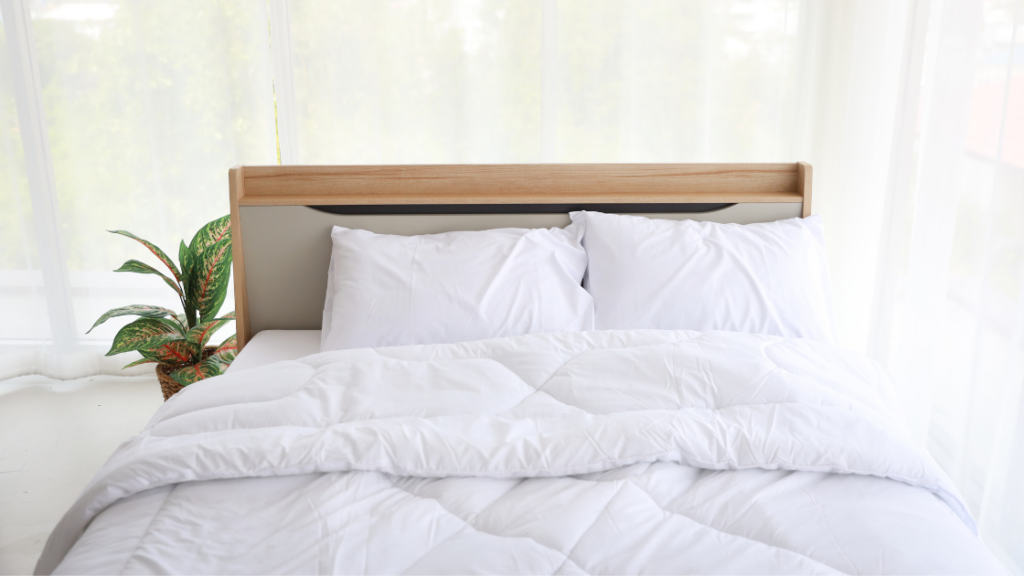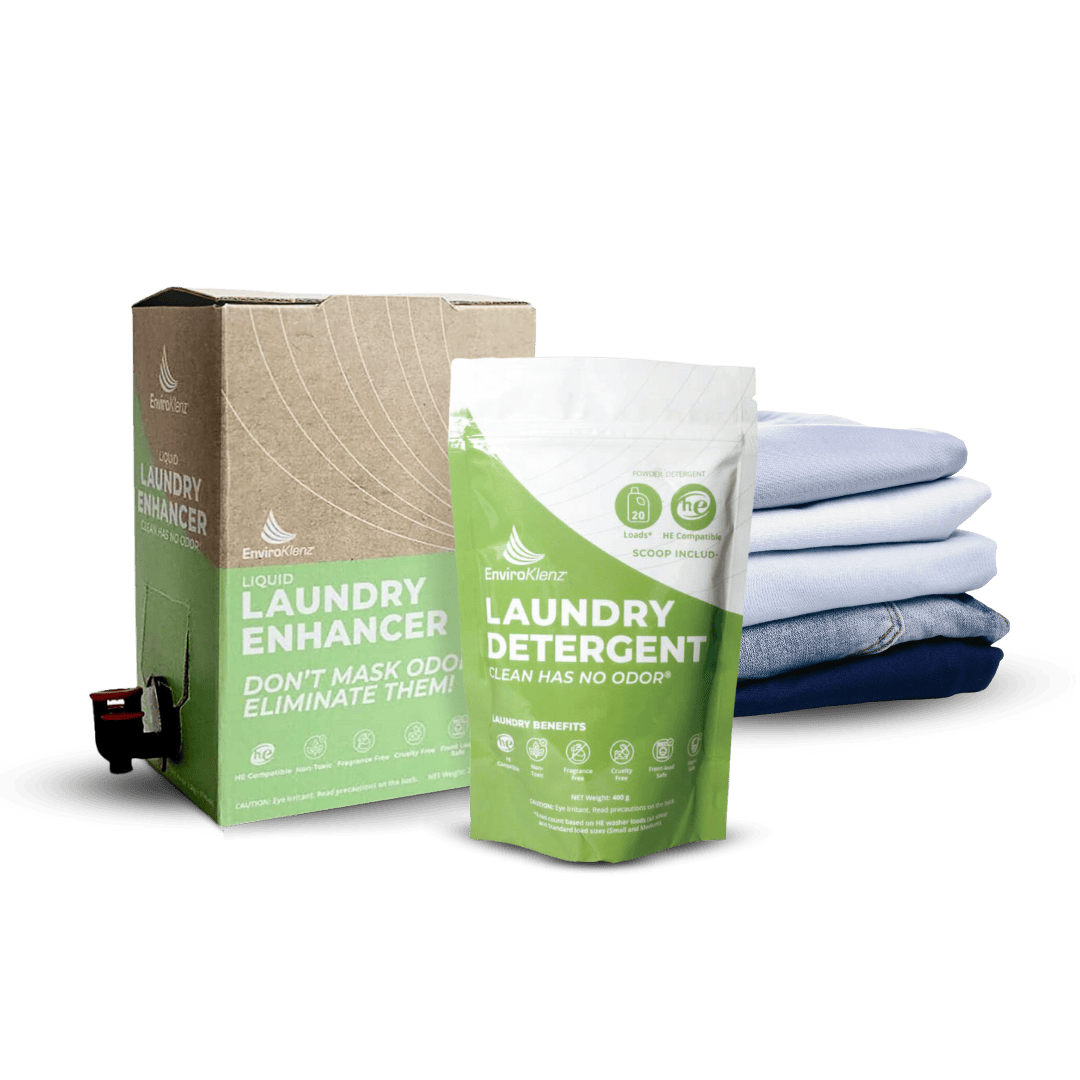The last thing you want is to expose yourself to toxins when you hit the sack at night. However, many conventional bedding materials are made with harmful substances that can affect your health and negatively impact the environment.
This guide explains the potential health hazards of sleeping on toxic sheets and explores alternatives to non-toxic bedding. And to help you steer clear of potentially harmful chemicals in bedding, we will show you the common chemicals to watch out for when choosing sustainable bedding options.
What Are the Health Risks Associated with Toxic Sheets?
Exposing your body to chemically-laden bed sheets, blankets, and pillowcases can cause a number of health problems. Some common health issues linked to toxic sheets include:
- Skin irritation and allergies: Bedding items treated with toxic chemical finishes can cause skin irritation, itching, redness, and other allergic reactions in some people, especially those with sensitivities. In addition to chemicals, many conventional sheets contain synthetic materials like polyester, which is not skin-friendly and is prone to bacterial growth and odor development.
- Respiratory issues: Many conventional sheets contain formaldehyde and volatile organic compounds (VOCs). These harmful substances are released into the air in small quantities. Inhaling them over time can cause respiratory problems like coughing and wheezing. They can also trigger asthma attacks or worsen symptoms in people with existing respiratory conditions.
- Negative effect on hormones: Some bedding items contain flame retardants and phthalates. These substances can disrupt the endocrine system, causing hormonal imbalances.
- Headaches and dizziness: When chemicals in toxic sheets are released into the air, they contribute to indoor pollution. Inhaling these chemicals for prolonged periods can cause headaches and dizziness.

Which Harmful Chemicals Are in Traditional Bedding?
Formaldehyde
Many wrinkle-free sheets contain formaldehyde, one of the most harmful chemicals in bedding. Your “no iron” bed sheets and pillowcases are likely treated with formaldehyde if you experience sneezing, sore throat, teary eyes, or other respiratory problems when you spend time in bed.
While little is known about the long-term health effect of exposure to formaldehyde, research has linked the chemical to cancer in animals.
Chlorine Bleach
Chlorine is the common bleach used to make conventional white sheets look brilliant and immaculate. Unfortunately, chlorine bleach is extremely toxic, and continuously sleeping on sheets treated with chlorine-based chemicals increases your chances of experiencing skin irritation.
Pesticides
Many conventional sheets made from cotton contain harmful pesticides. The reason for this is not far-fetched: cotton farming often involves heavy use of nasty pesticides. Indeed, some toxic chemicals will eventually wash off from the sheets, but conventional cotton sheets will always contain potentially hazardous chemicals.
Artificial Dyes
Colorful sheets, duvets, and pillowcases may be attractive, but the artificial dyes used to make them beautiful are formulated from harsh chemical compounds that are not particularly safe. Sleeping on bed sheets dyed with human-made synthetics may increase your chances of developing serious health problems, including cancer.
Besides, artificial dyeing can be harmful to the environment, as it pollutes rivers, streams, and underground water tables.
Three Non-Toxic Bedding Alternatives to Consider
Now that we’ve seen the common harmful chemicals in bedding materials and some toxic sheets’ health risks, let’s explore safer and sustainable bedding options.
1. Organic Cotton Sheets
Organic cotton sheets are typically made from cotton grown without synthetic fertilizers or harmful pesticides, making them a preferred option when it comes to non-toxic bedding alternatives.
Good quality bedding materials made from organic cotton are breathable, gentle on the skin, and generally hypoallergenic. To be sure you’re choosing an authentic organic cotton sheet, keep an eye out for certifications from organizations like the Global Organic Textile Standard (GOTS).
2. Sustainable Linen Sheets
Bedding materials made from linen are sustainable, breathable, and highly durable. Thanks to their excellent moisture-wicking properties, linen sheets can provide warmth in cold weather while keeping you cool during warmer nights.
Consider linen sheets if you have allergies to bedding or tend to develop respiratory issues from bedding. The sheets are naturally hypoallergenic and resistant to bacteria, making them a better option.
3. Bamboo Bed Sheets
Bamboo sheets are becoming more popular due to their sustainability and comfort. They are soft and have a smooth feel, and like linen, bamboo fibers have excellent moisture-wicking properties.
When shopping for bamboo sheets, look for options made from 100% bamboo. Alternatively, keep an eye out for eco-friendly sheets labeled as “bamboo lyocell” or “bamboo viscose.” These materials are biodegradable, making them an excellent choice for sustainable bedding.

Keep the following in mind when purchasing bedding materials:
- Look for certifications: Not all sheets with “organic” labels are safe. To avoid the potentially harmful effects of toxic fabric treatments, you should keep an eye out for OEKO-TEX Standard 100 or GOTS certifications.
- Choose naturally dyed sheets: No doubt, synthetic-colored sheets are usually more aesthetically pleasing because they blend nicely with your bedroom décor. However, they may be harmful to your health. Opt for naturally dyed sheets instead, as research shows they are safer. Besides, naturally dyed sheets are biodegradable, making them eco-friendly.
- Read reviews from real customers: If you’re buying bedding materials you’ve never used, make it a point to read reviews and recommendations from customers with verified purchases. Besides helping you choose non-toxic bedding alternatives, reading about real experiences gives you insights into the sheets’ durability, comfort, and overall quality.
- Read labels and product information: Some chemical treatments during bedding manufacturing can introduce harmful toxins to your bedroom. The best way to avoid harmful chemicals in bedding is by taking a moment to read the labels and product information.
Watch out for any mention of wrinkle-free, flame-resistant, flame-retardant, or polyester. Avoid materials with these descriptors or characteristics by all means, as they are not sustainable bedding options.
Three Ways to Maintain Non-Toxic Bedding
Keeping your non-toxic bed sheets and pillowcases clean goes beyond tossing them into the washer every now and then. Remember the following important tips when it comes to maintaining your sheets:
1. Use Non-Toxic Laundry Detergent
Avoid conventional laundry detergents as they can contribute to indoor air pollution and cause various health problems. Instead, use chemical-free products formulated with natural or earth-based minerals when washing your sheets and other bedding materials. For more information, check out our guide to Eco-friendly laundry detergent.
With EnvironKlez Laundry Detergent, you can eliminate toxins from your bedding items using a safe and non-toxic product free of synthetic fragrances, artificial dyes, and harsh chemicals.
2. Dry Bedding Thoroughly
You want to make sure your bedding is completely dry before using them or putting them away. Dampness can increase the chances of mold and mildew growth. Use the appropriate dryer settings to dry your sheets properly, or air-dry them in sunlight to completely remove moisture.
3. Avoid Dryer Sheets
Speaking of thoroughly drying your bedding items, it is advisable to steer clear of conventional dryer sheets because of their potential toxicity.
But are dryer sheets toxic? Research found that fragrances in dryer sheets may cause skin problems, migraine headaches, and asthma attacks. Besides, some chemicals in traditional dryer sheets can impact the environment.
While you may prefer softer, nice-smelling bedding, a safer option would be using non-toxic dryer sheets like wool dryer balls. Alternatively, consider line-drying your bedding outdoors whenever the weather permits.

Why Choose EnviroKlenz Laundry Products?
EnviroKlenz is a trusted name when it comes to providing non-toxic laundry products, as well as solutions for improving indoor air quality.
Using our earth-based odor-eliminating technology, we formulate a wide range of safe laundry detergents that are highly effective at removing stains and fighting odors without compromising indoor air quality.
Unlike conventional options, our laundry products do not mask odors nor contain synthetic fragrance or artificial scents. Many of our customers rate our products very highly, and the reason is simple: our laundry products do not contain harmful chemicals or toxic ingredients.
One of our many satisfied customers with chemical sensitivities says our laundry products “make living in a toxic world possible.” Another happy customer says our laundry enhancer liquid detergent “is the ONLY thing that took the raunchy dye smell out of black Jeans.” And the outstanding result was just after the first wash!
If you’re looking to create a healthier home office environment free of fumes from laundry products, check out our laundry supplies.
EnviroKlenz® Medical Disclaimer:
“Any information that is provided on this website is not for the use by any commercial or personal entity without expressed written consent of the blog author. The material and statements illustrated within this blog are not intended to diagnose, treat, cure, or prevent any diseases or medical conditions. Nor does the author in any way guarantee or validate the validity, totality, or efficacy of any claims and will therefore not be held responsible for the content of any claims. Always consult your medical physician for any specific medical advice or recommendations.”









